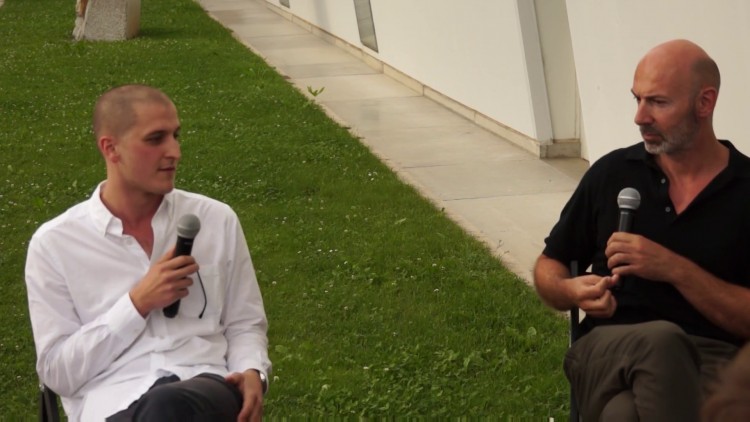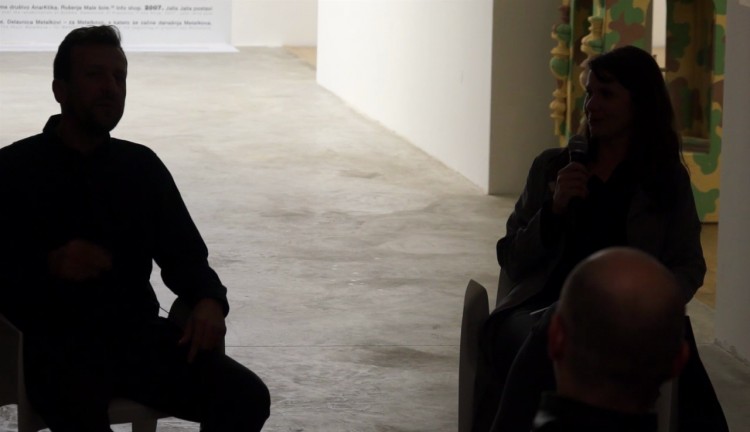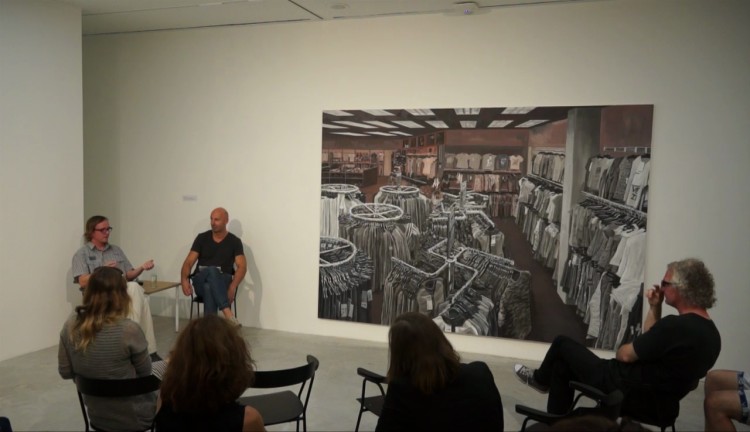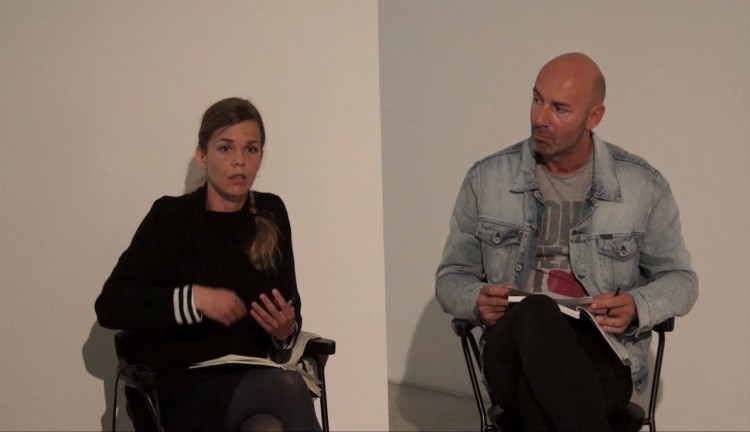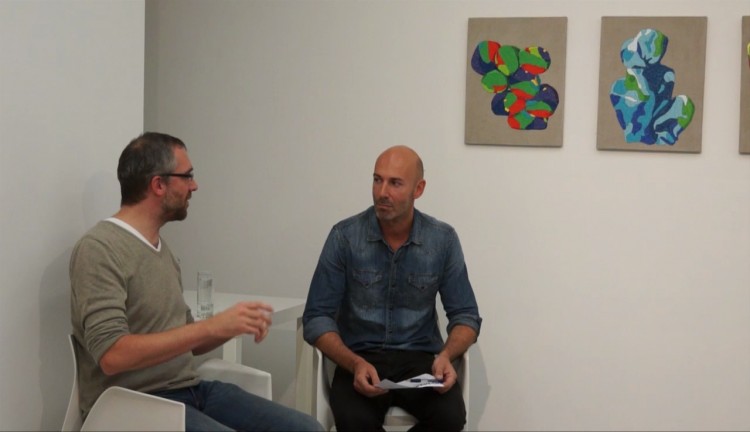Primož Bizjak explores local histories, borders, and symbolic boundaries. His interest focuses on space and architecture as they relate to society and the time we live in. Characteristic of his photographic approach is the use of long exposures, which gradually reveal the hidden colors of night. Without resorting to digital means, he shows what cannot be seen in the dark, producing nighttime images that often seem as though they were made in daylight. The position from which his long shots are taken plays a crucial role in achieving the desired painterly effect. For this, Bizjak often braves considerable heights and the dangers that come with it.
The trip he took last winter down the rivers Sava, Danube and Drina resulted in a series that, despite its postcard format, relates in terms of subject matter to his earlier motifs of geopolitical change: canals, fortified buildings, and border posts. The visual narrative of the postwar territories of what used to be a common country is based on facades pockmarked with bullet holes, on ruins, cemeteries, and deserted homes. The three rivers flow between the past, memories, and the future, connecting Jasenovac, Vukovar, Višegrad, and Srebrenica - ideologically divided towns that can now only be united in an art project.


